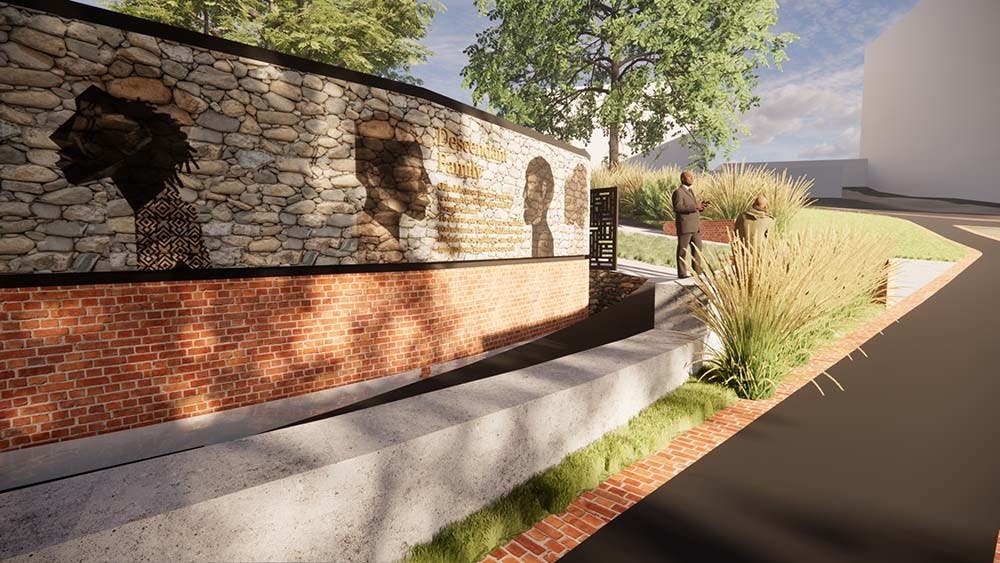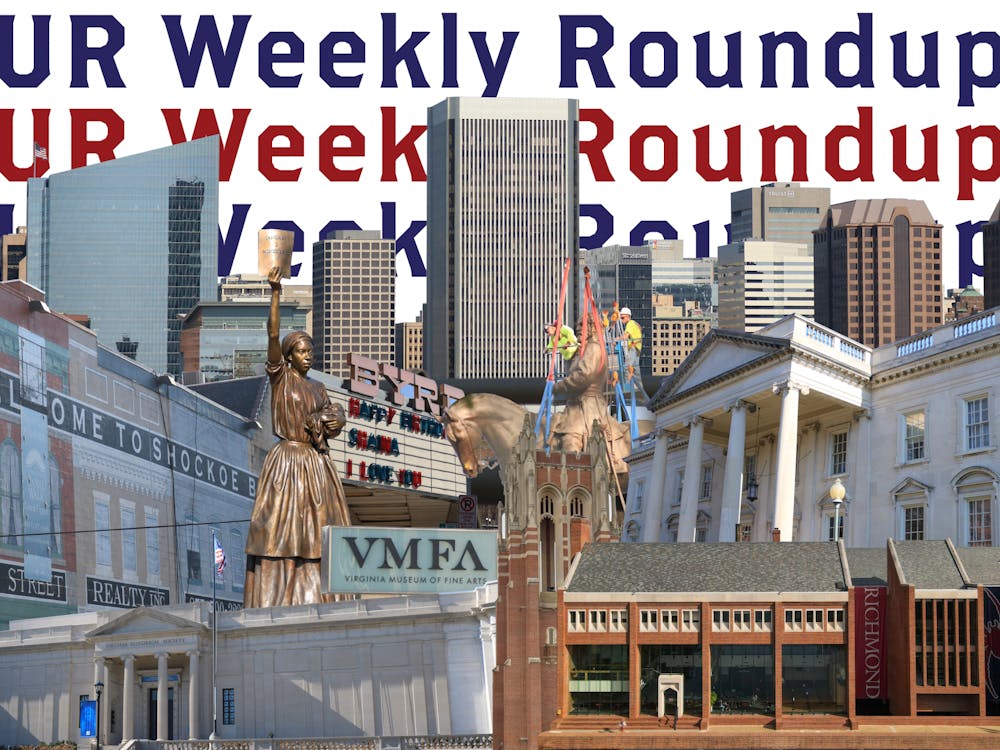The Burying Ground Memorialization Committee will be unveiling the finalized design for a memorial to the enslaved people buried on the University of Richmond campus at information sessions in February.
The committee worked with Burt Pinnock from Baskervill, an architecture company in Richmond, to create a design inspired by two years of listening and work, according to an email sent from two members of the committee and Executive Vice President David Hale on Jan. 19.
The design of the memorial will honor the burying ground and those who were enslaved on the land before the establishment of UR. The committee hired a consultant to help locate the families of those enslaved, Amy Howard, the senior administrative officer for equity and community, said.
Martha Merritt, dean of international education, attended the first information session on Feb. 2.
“The design shared at the information session struck me as thoughtful and inclusive. I appreciate the focus on nature and facilitating elements like benches and a gentle slope,” Merritt wrote in an email to The Collegian. “It was a moving reveal for me, and I hope for those who have worked so hard to bring these elements together.”
The memorial will include a wall for the names of the descendants, as those buried could not be identified exactly. There will be space left on the memorial so that it can be added to as more descendants are identified, Howard said.
The committee also met with UR community members to solidify the principles for the memorial, unanimously agreeing the memorial must acknowledge UR’s involvement in slavery practices.
“It was very important to us as a burying ground committee that we have good historical information,” Howard said.
Howard also noted that the committee emphasized the importance of being transparent about the institution’s involvement and the full truth about enslavement on university land throughout their time on the project.
UR brought Baskervill on to develop plans and engage the community with the designs through workshops, according to Baskervill’s website.
It was through this community engagement that three core design principles were decided on: that the burying ground should be lightly touched, accessible and inviting to all, and should “balance sentiments of reconciliation and resilience, but with the certainty of an enduring struggle,” Howard said.
The goal of the memorial is to provide a place of recognition and to acknowledge those enslaved after the grounds were damaged in the early 20th century, according to the website.
Enjoy what you're reading?
Signup for our newsletter
The graves were desecrated when they were first uncovered and relocated during road construction in 1912 and once again in 1947. Then, in the mid-1950s, they were re-discovered by workers upgrading the University’s steam tunnels, according to the Burying Ground Memorialization Committee Final Report.
“It’s incredible and a huge honor that we are going to have a permanent memorial that honors the descendants and the lives of the enslaved who worked and lived and loved and died on this land,” Howard said. “The descendants will be able to come here and connect with their loved ones. It’s powerful and it’s a privilege to work on, and it’s an honor to even be a part of such a sacred and important endeavor.”
University and descendant community members are highly encouraged to attend the remaining information sessions, which will be held from 2:30-3:30 p.m. Feb. 11 at the Pilgrim Journey Baptist Church and from 7-8 p.m. Feb. 21 on Zoom. The Zoom session requires registration.
Contact new writer Caitlin McCormack at caitlin.mccormack@richmond.edu.
Support independent student media
You can make a tax-deductible donation by clicking the button below, which takes you to our secure PayPal account. The page is set up to receive contributions in whatever amount you designate. We look forward to using the money we raise to further our mission of providing honest and accurate information to students, faculty, staff, alumni and others in the general public.
Donate Now



